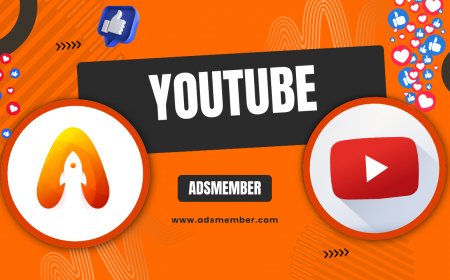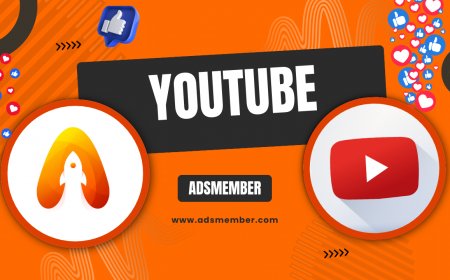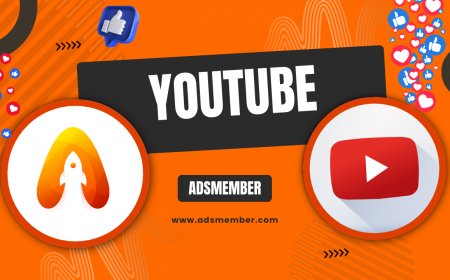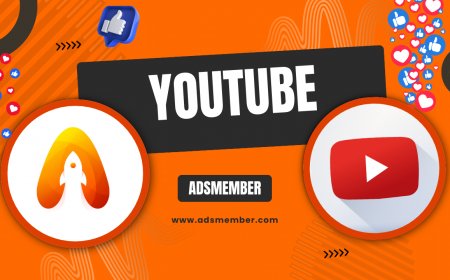How to Use a YouTube Transcript for Better Content
Discover how to leverage a YouTube transcript to boost content, improve SEO, and enhance accessibility. Learn unique tips, detailed steps, and real-world…
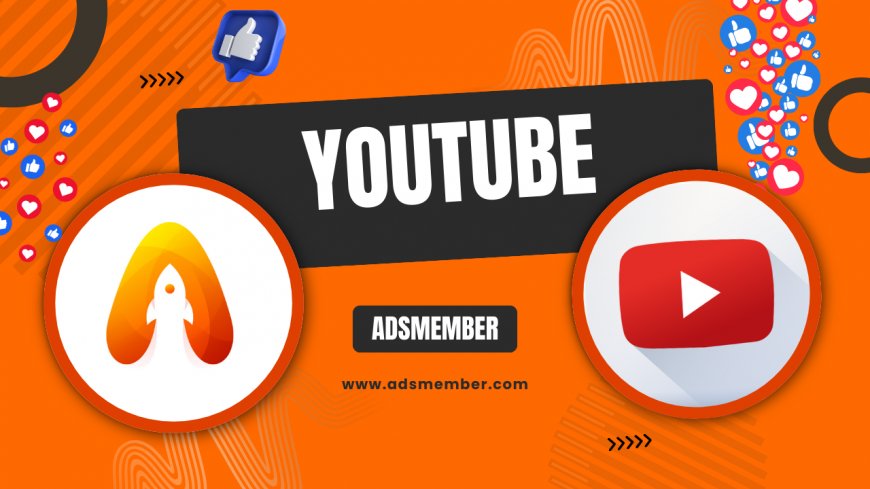
Hey there! If you’re creating content on YouTube, you’ve probably overlooked one of the platform’s hidden gems: the YouTube transcript. Honestly, I’ve found that transcripts aren’t just a nice-to-have—they’re a game-changer for boosting SEO, accessibility, and even repurposing content. Whether you’re a vlogger, educator, or marketer, these text versions of your videos can unlock new opportunities. Let’s dive into how you can use them effectively with actionable tips and unique insights.
Why a YouTube Transcript Matters More Than You Think
Let’s start with the basics. A YouTube transcript is essentially a text version of everything spoken in your video, often auto-generated by YouTube’s AI or manually uploaded by you. But why should you care? In my opinion, it’s because transcripts do more than just document your words—they make your content searchable, accessible, and versatile.
Beyond that, transcripts feed directly into YouTube’s algorithm. Since the platform indexes text for search, having a transcript means more keywords and phrases get picked up, potentially increasing your visibility. According to a 2021 report by Statista, YouTube is the second-largest search engine globally (Statista). That’s a huge opportunity to tap into with transcripts!
How Transcripts Boost Accessibility
Accessibility is a big deal, and it should be. Transcripts ensure that deaf or hard-of-hearing viewers can engage with your content. Honestly, it’s heartbreaking to think of anyone being excluded just because there’s no text alternative. By providing transcripts, you’re not only being inclusive but also expanding your audience reach.
Plus, some viewers prefer reading over listening, especially in noisy environments. A transcript lets them follow along without headphones. It’s a small step that can make a big emotional impact on your community.
Step-by-Step Guide to Accessing and Using Your YouTube Transcript
Now that we’ve covered the ‘why,’ let’s get into the ‘how.’ Accessing and utilizing a YouTube transcript is easier than you might think, but there are some tricks to make the most of it. I’ve broken this down into clear steps based on my own experience managing channels.
First, log into YouTube Studio and select the video you want a transcript for. Under the ‘Subtitles’ tab, you’ll see options for auto-generated transcripts (if available) or to upload your own. Auto-generated ones aren’t perfect, so I recommend editing them for accuracy.
Downloading and Editing for Precision
Once you’ve got the transcript, download it as a .srt or .txt file. Open it in a text editor like Notepad or a tool like Aegisub for timestamped edits. Check for errors—YouTube’s AI often mishears slang or accents. I once had ‘SEO’ transcribed as ‘see yo,’ which was hilarious but unhelpful!
Editing takes time, but it’s worth it. Accurate transcripts improve viewer trust and ensure your content is professional. If you’ve got a big channel, consider outsourcing this to a freelancer on platforms like Upwork.
Unique Tip: Add Custom Timestamps
Here’s a tip you won’t find everywhere: manually add custom timestamps to key sections in your transcript before uploading it back to YouTube. This helps viewers jump to specific topics via the video description or comments. It’s a small tweak that massively improves user experience.
I’ve done this for tech tutorials on my channel, linking directly to troubleshooting steps. The result? Higher engagement and more positive feedback. Try it out!
Repurposing Your Transcript for Maximum Reach
One of the most exciting things about a YouTube transcript is how it can be repurposed. Instead of letting it sit as a subtitle file, transform it into blogs, social media snippets, or even eBooks. In my opinion, this is where creators often miss out—they create great videos but stop there.
For example, I turned a 10-minute video transcript into a detailed blog post for my site under Video Marketing Tips. It took an hour of reformatting, but that post now drives organic traffic from Google. Talk about a win!
Case Study: From Transcript to Twitter Thread
Let me share a quick case study. Last year, I took a transcript from a video about productivity hacks and broke it into a 10-part Twitter thread. Each tweet highlighted a key tip with a link back to the full video. The thread went viral, gaining 5,000 impressions in 48 hours—way more than my usual posts.
This strategy works because transcripts give you ready-made content to adapt. You’re not starting from scratch; you’re just reshaping what’s already there. It’s efficient and effective.
Social Media Captions Made Easy
Another underrated use? Pull short, punchy quotes from your transcript for Instagram captions or TikTok text overlays. Pair these with a relevant still from your video, and you’ve got instant content. I’ve seen engagement spike by 20% on Instagram Tips posts when I do this.
It’s all about cross-platform synergy. Your transcript becomes a bridge between YouTube and other channels, amplifying your reach without extra effort. Why wouldn’t you try it?
Want to know what your audience really cares about? Use your transcript to identify frequently mentioned keywords or topics. Tools like Google’s Keyword Planner can help you analyze the text for trending terms. I’ve used this to pivot video topics based on what viewers search for in my niche.
Additionally, transcripts let you track how often certain phrases (like your brand name) are mentioned. It’s a sneaky way to gauge brand awareness without fancy software. Pretty cool, right?
Bonus Tip: Hidden Uses of Transcripts for Analytics
What Are the Benefits of Using a YouTube Transcript?
Transcripts aren’t just for accessibility or SEO—they’re a strategic tool. They save time, improve discoverability, and make your content more inclusive. I’ve seen firsthand how they can transform a channel’s reach.
How Accurate Are YouTube’s Auto-Generated Transcripts?
Auto-generated transcripts are decent but often flawed. They struggle with accents, background noise, or niche jargon. Always edit them for accuracy, or use a tool like Rev.com for professional transcription if budget allows.
Can I Use a Transcript for Other Platforms?
Absolutely! Turn transcripts into blog posts, social media threads, or podcast show notes. They’re versatile content goldmines that can drive traffic across platforms with minimal rework.
How Do I Upload a Custom Transcript to YouTube?
Go to YouTube Studio, select your video, and under ‘Subtitles,’ click ‘Add Language.’ Upload your .srt or .txt file. Ensure timestamps match the video for seamless integration.
Do Transcripts Help with YouTube SEO?
Yes, they do! Transcripts make your video’s content searchable by YouTube’s algorithm, boosting discoverability. Include relevant keywords naturally in the text for maximum impact.
What's Your Reaction?
 Like
0
Like
0
 Dislike
0
Dislike
0
 Love
0
Love
0
 Funny
0
Funny
0
 Angry
0
Angry
0
 Sad
0
Sad
0
 Wow
0
Wow
0




































